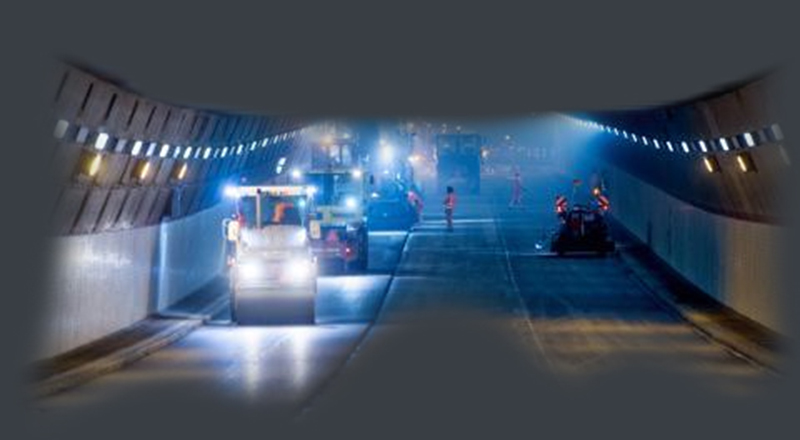From the Homes of history
from SICE, the development of the company has state closely linked to that of the city of Madrid itself. From the beginning century, SICE has worked for the Madrid City Council, especially in the area of lighting and in the regulation of traffic.







